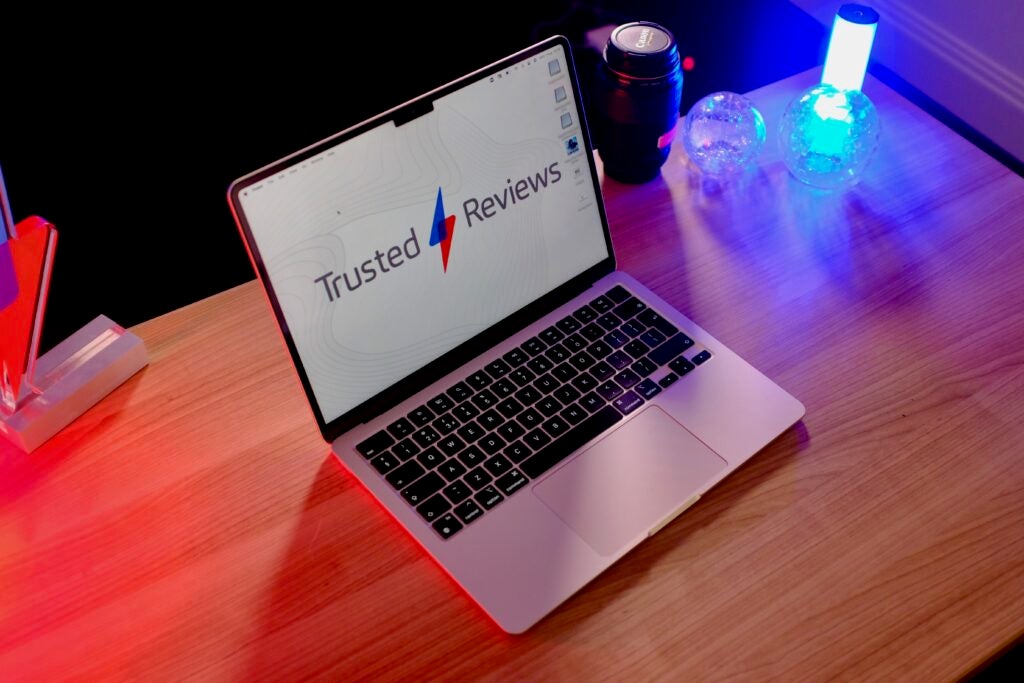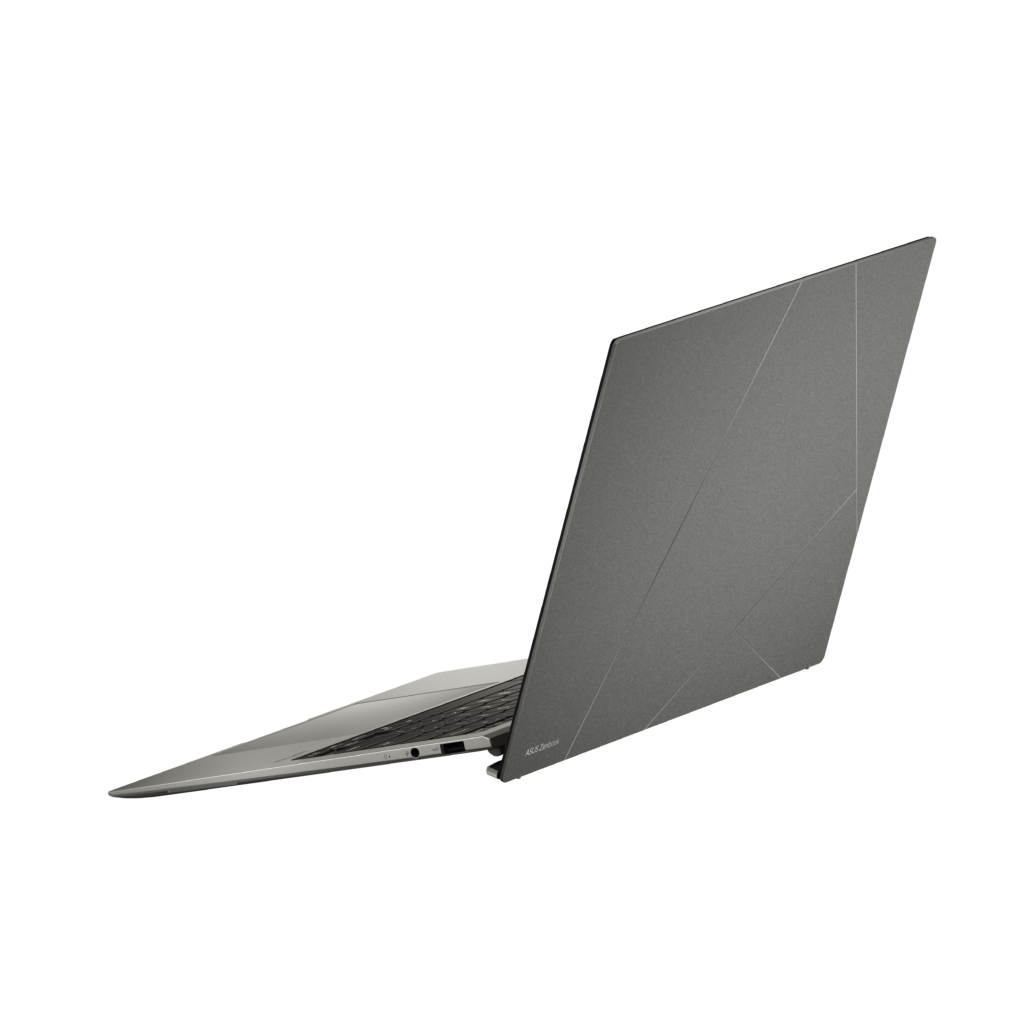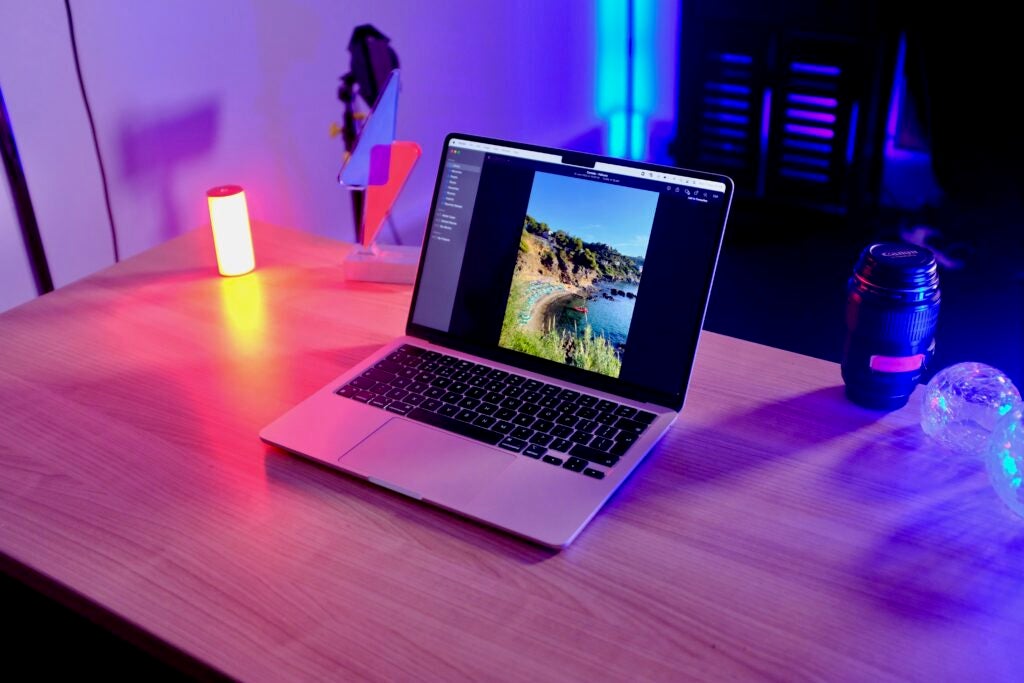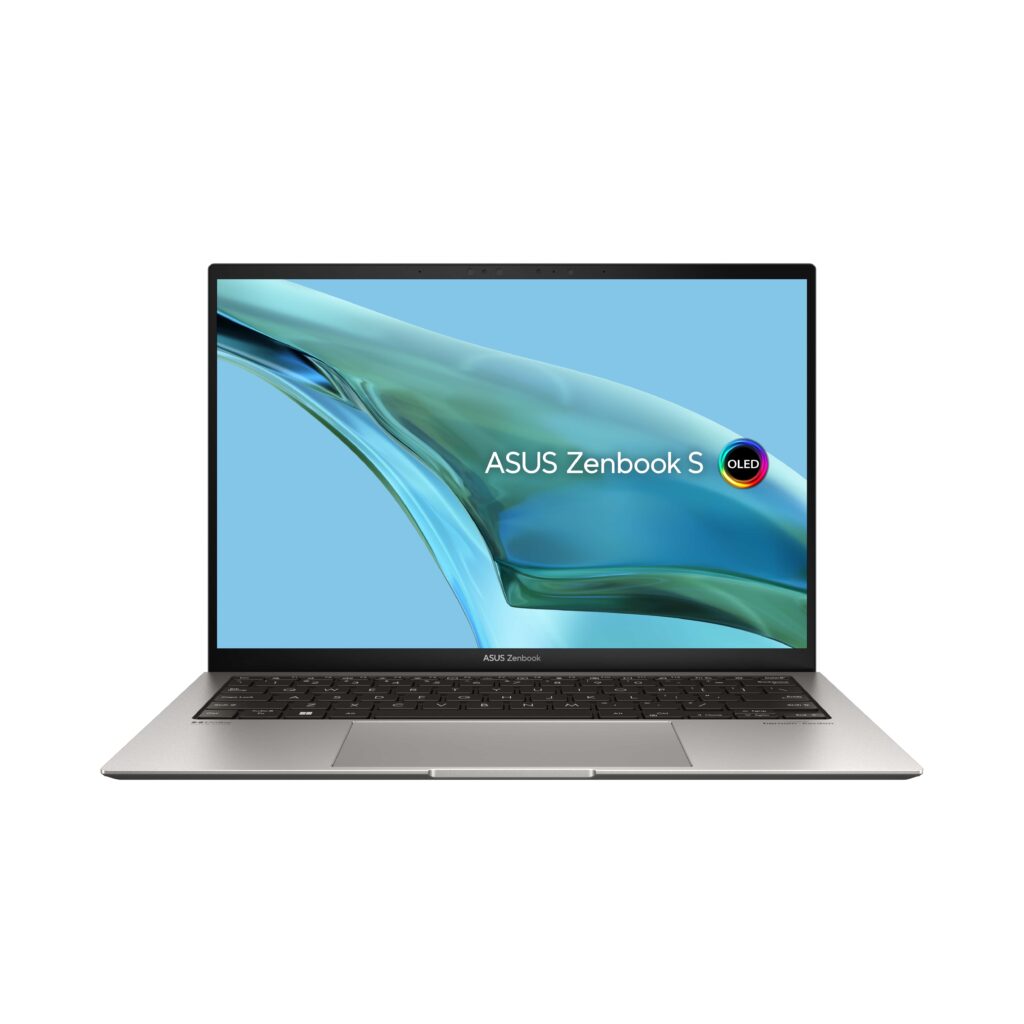Asus just announced the latest Zenbook S 13 OLED, which features an impressive 1kg weight and an OLED display.
The Asus Zenbook S 13 OLED (2023) has been officially announced and it looks to be an extremely capable productivity device, following on from the excellent Zenbook S 13 OLED (2022). It will be available to buy some time during the second quarter with a starting price of £1499.99. We will be sure to update this article once we know more about American pricing and a specific release date.
It features a 13th-gen Intel chip and is Evo certified, meaning it has a consistent battery life, lightweight design and fast charging capabilities.
With all that said, we wanted to take a closer look at how the Zenbook S 13 OLED stacks up against the MacBook Air (2022), another lightweight juggernaut. Keep reading to find out all the key differences between these devices so you can decide which model is best for you.
Intel vs Apple Silicon
Apple switched over to its own Apple Silicon chips a few years ago in both its handsets, tablets and laptops. The MacBook Air can be configured with the M2 chip, which comes with either an 8-core CPU and 8-core GPU or an 8-core CPU and 10-core GPU.
During our review, we found that the M2 chip was more than capable of running intensive workloads. It took on 4K editing in both Adobe Premiere Pro and Apple’s Final Cut Pro with ease and smooth scrolling through timelines. It also could handle gaming, with Football Manager 2022 running like a dream.

The Zenbook S 13 OLED can be configured up to a 13th-gen Intel Core i7 processor, which should be more than enough for productivity tasks. The integrated Intel Iris Xe graphics card will bring some limitations, with intensive games likely not being playable due to the minimal amount of graphics power when compared to the MacBook Air.
However, the inclusion of a Raptor Lake processor will ensure that office and educational tasks run without a hitch, making the Zenbook more of a productivity-focused device than the MacBook Air.
Zenbook has a weight of just 1kg
One of the biggest selling points of the ZenBook S 13 OLED is how slim it is, making it an ideal laptop to take on the go. When laid flat ,the screen is just 1cm thin, with an overall weight of 1kg.

The MacBook Air is also pretty slender, boasting a 1.24kg weight and a thickness of 1.13cm. Both of these models are ideal for hybrid working due to their small size, but the Zenbook S 13 OLED is impressively sleek when you consider the powerful internals.
OLED vs Liquid Retina display
The Zenbook S 13 OLED comes with a 13-inch OLED display with a resolution of 2880×1800. It has a quoted brightness of 550 nits and 100% coverage of the DCI-P3 gamut, with an 85% screen-to-body ratio.
The quoted colour accuracy means that creative professionals should be able to edit photo and video content and the OLED panel should provide bright and saturated images. It’ll also be a great pick for watching media.

The MacBook Air packs a 13.6-inch LED backlight Liquid Retina display with a 2560×1664 native resolution. It has a quoted brightness of 500 nits – putting it below Asus in terms of brightness – alongside a P3 colour gamut.
Out of the two screens, the inclusion of OLED on the Zenbook S 13 OLED may make it the best option, since it will be able to replicate colour with more accuracy. However, its integrated GPU will bring more restrictions in terms of intensive creative workloads.
Zenbook comes with Thunderbolt 4 support
For such a slim laptop, the Zenbook S 13 OLED has an impressive port selection. It comes with two Thunderbolt 4 USB-C ports – both support fast charge – alongside two USB-A 3.2 ports, an HDMI 2.1 input and a 3.5 audio jack.

The MacBook Air comes with a MagSafe 3 charging port, a 3.5mm audio jack and two USB-C ports with support for Thunderbolt 3, DisplayPort and charging. The inclusion of the last-generation Thunderbolt 3 will make the MacBook Air less equipped for productivity, with the Thunderbolt 4 provides better transfer speeds.
We were able to connect the MacBook Air to Apple’s 5K Studio Display, but we did notice some slowdown. Anyone who wants to connect their device to one or more external displays may want to consider the Zenbook S 13 OLED, although we will have to wait until we get the model in for review to see how it performs in this area.




